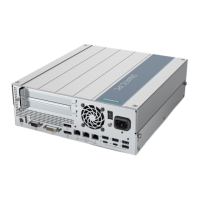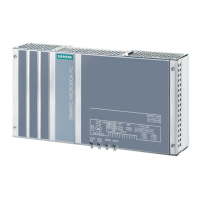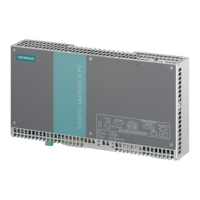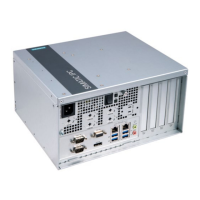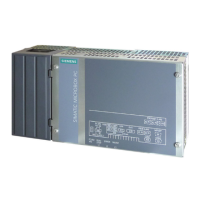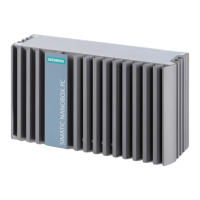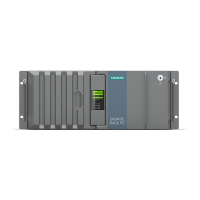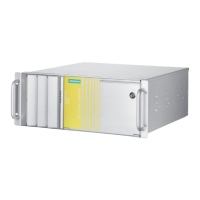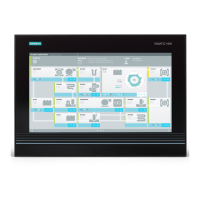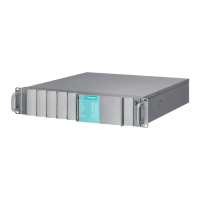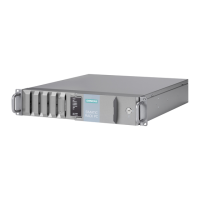Technical specifications
9.2 Other configurations for IOT2050
SIMATIC IOT2050
104 Operating Instructions, 03/2024, A5E39456816-AF
* Also note the following section "Power consumption of the components".
Mechanical ambient conditions
Vibration resistance, tested in accordance with IEC 60068-2-6
• Operation
Vibration load 1g, 10 cycles per axle:
• 5 to 8.4 Hz, deflection 3.5 mm
• 8.4 to 200 Hz, acceleration 9.8 m/s
2
• Storage/transport • 5 to 8.4 Hz: Deflection 3.5 mm
• 8.4 Hz to 500 Hz: Acceleration 9.8 m/s
2
Impact resistance, tested in accordance with IEC 60068-2-27
• Operation
2
• Storage/transport
2
9.2.4 Power demand of the components
Maximum power consumption of the auxiliary components
For the ambient temperature for permitted mounting position, refer to Ambient conditions
(Page 103).
Auxiliary com-
ponents
Maximum permitted power
Maximum total power
Permitted power distribution
• Arduino shield: 4 W, USB: 2.5 W
• Arduino shield: 2 W, USB: 4.5 W
• Mini PCIe card: 2 W; USB: 2.5 W; Arduino shield:
2 W
• M.2 card(E Key + B Key)
3
: 2 W; USB 2.5 W;
Arduino shield: 2 W
1
2
current
1
May amount to maximum 3.0 A for up to 100 ms at start-stop torque of device
2
May amount to maximum 1.2 A for up to 100 ms at start-stop torque of device
3
Rail mounting Vertical: 0 to 50 °C, the maximum power of M.2 card(E Key + B Key) 1.5 W, total
power is 6 W
3
Rail mounting Vertical: 0 to 45 °C, the maximum power of M.2 card(E Key + B Key) 2 W, total pow-
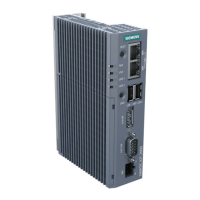
